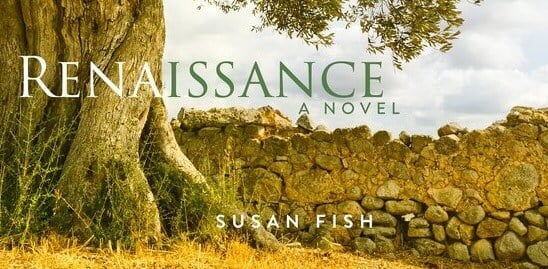Human art, like human lives, will feel incomplete without both masculine and feminine influence. Though Plato’s retelling of the legend is factually spurious and meant to be comic, we can find a deep truth in Aristophanes’ tale from the Symposium concerning aboriginal humans split by a vengeful deity into gendered halves: Whenever we can only access the archetypal virtues of one half of humanity or the other, we will keenly, if intuitively, sense that lack on some level. We will have to go outside of ourselves to look for solutions. If we do not find them in things as they are, we will invent solutions, construct solutions—possibly by desperate attempts to repurpose the compromised materials of our own wounded bodies, damaged rationalities, and broken hearts.
Login to read more
Sign in or create a free account to access Subscriber-only content.
Topics:
